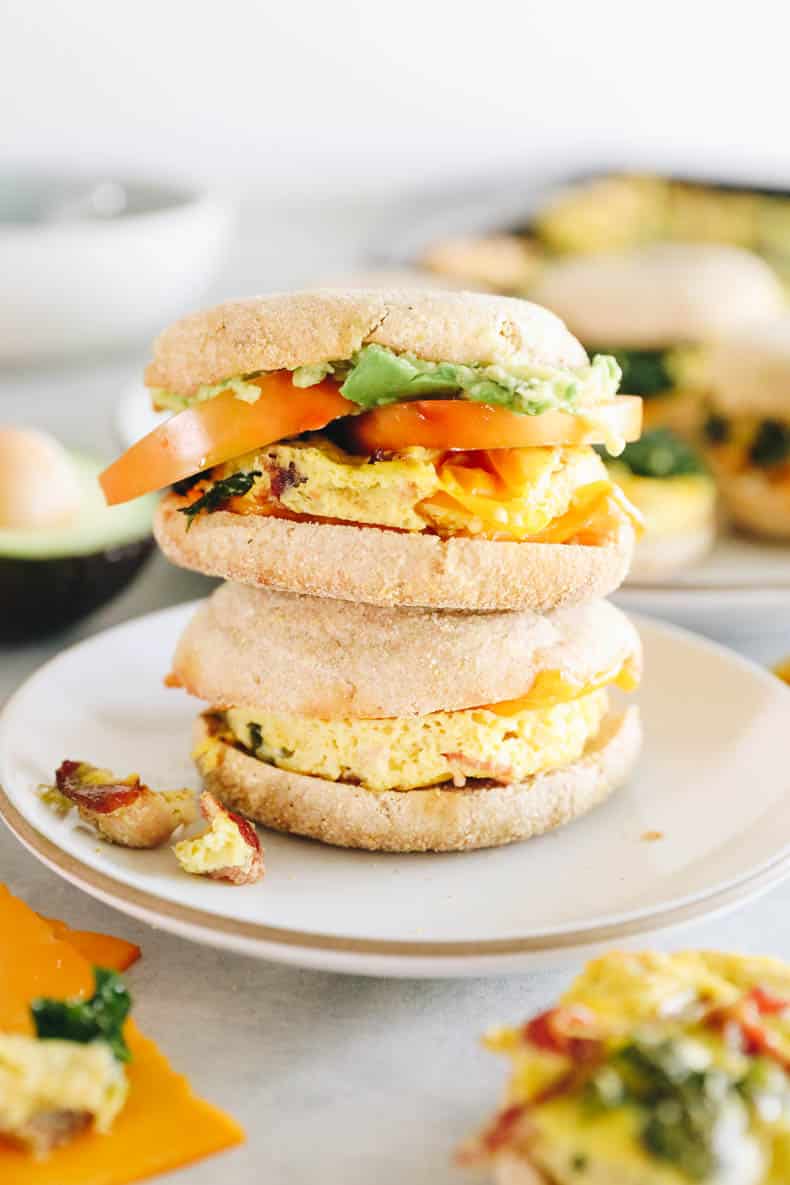Personal healthcare becomes pivotal especially when your knuckles start producing cracking sounds. A wellness routine dedicated to every senior can improve quality of life and allow them to live a much healthier and independent life. The National Council on Aging quotes 95% of adults 60 years or older developing at least one chronic condition.
This wellness plan guide is for old folks who want to “age gracefully”. The key wellness components include physical activity, nutrition, mental wellbeing, and social connection. These form the heart of a senior fitness program that supports general well being and reduces the risk of chronic disease as well as elevates psychological and emotional well being.
Physical Activity for Seniors

Engaging in physical activity regularly is important for older adults. Exercise, which encompasses activity can improve heart health, boost bone density and even aid in preventing falls.
The CDC recommends aiming for at least 150 minutes of moderate intensity aerobic exercise, 75 minutes of vigorous intensity aerobic exercise or a combination of both each week.
Activities like walking, swimming, seated yoga and tai chi offer impact options suitable for different fitness levels. These exercises can be adjusted to accommodate seniors with mobility limitations.
It’s advisable for seniors primarily relying on a wheelchair or walker to consult a healthcare professional before starting an exercise regimen due to their significantly restricted mobility.
Additionally incorporating balance and strength training exercises, even in versions for individuals with limited motion is beneficial. Their effect upon flexibility improvement, decrease in the risk for falls, and enhancement of physical function can be quite helpful.
Nutrients for Elders
Older individuals, you know, it is much more crucial for them to eat properly in good health and prevent chronic diseases. A little variety in diet does no harm. It’s simply eating plenty of fruit, vegetables, whole-grains and some lean protein.

Eating in this manner could indeed help control diseases such as diabetes, hypertension and heart issues. In fact, the National Institutes of Health recommends to take two cups of fruit and 2.5 cups vegetables daily.
Also, do not forget to hydrate! It’s just as crucial. Older individuals should strive to consume at least 9 cups of fluids per day. Salt intake should be monitored as well and sodium levels over and above normal will exacerbate conditions such as high blood pressure and heart disease.
Older persons with dietary limitations, for instance difficulty in mastication or dysphagia, should consult a healthcare provider or registered dietitian on appropriate recommendations.
Mental Well-being in Seniors
The mental health of the elderly is something extremely important as they are the age group most likely to feel lonely, sad or anxious. Types of mental exercise that can be objectively measured include such activities as book reading, doing jig-saw puzzles, or learning a new skill.
Mindfulness techniques through meditation or deep breathing can also be helpful for mental health as they relieve tension and tension-linked anxiety. Next, social connection is yet another aspect on which we elaborate further on below.
Social Interaction for Elderly

This is a social connection that will help alleviate loneliness, promote emotional well-being, and even reduce the risks of mortality. Engagement through volunteering, membership at a senior center, or even just socializing with friends and family can help seniors feel more connected and cared about.
Technology can also facilitate social connection by letting the senior person stay updated with members of their family and friends through video calls, messaging applications, or social media.
How To Create a Customized Wellness Routine That Works?
A good personalized wellness routine will target individual needs, preferences, and limitations. For instance, it must consider the issues of accessibility, time available, and enjoyment in choosing the type of activities. It should be realistic and enjoyable with an ability to be sustained in the long run.
The most important thing during the development of a personal wellness routine is to set realistic goals, track progress, and seek support from professionals. Aged care services can guide and assist a person develop an all-inclusive wellness routine.
Closing Remarks
A custom wellness program may be an all-over make-over designed to get the older person living a healthier, happier, more independent lifestyle. By being active in the healthy components of physical activity, nutrition, mental wellness and social networking, seniors greatly reduce their risk for chronic diseases and also improve mental well-being too and health overall. Start your road to a better and happier life today.



